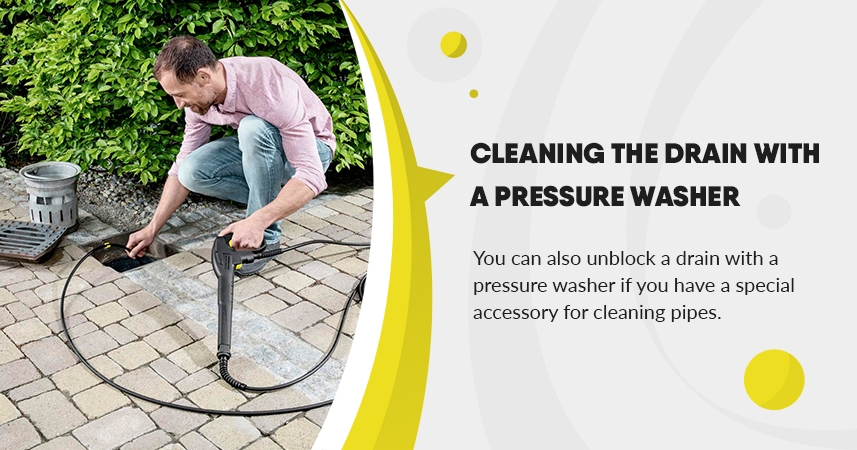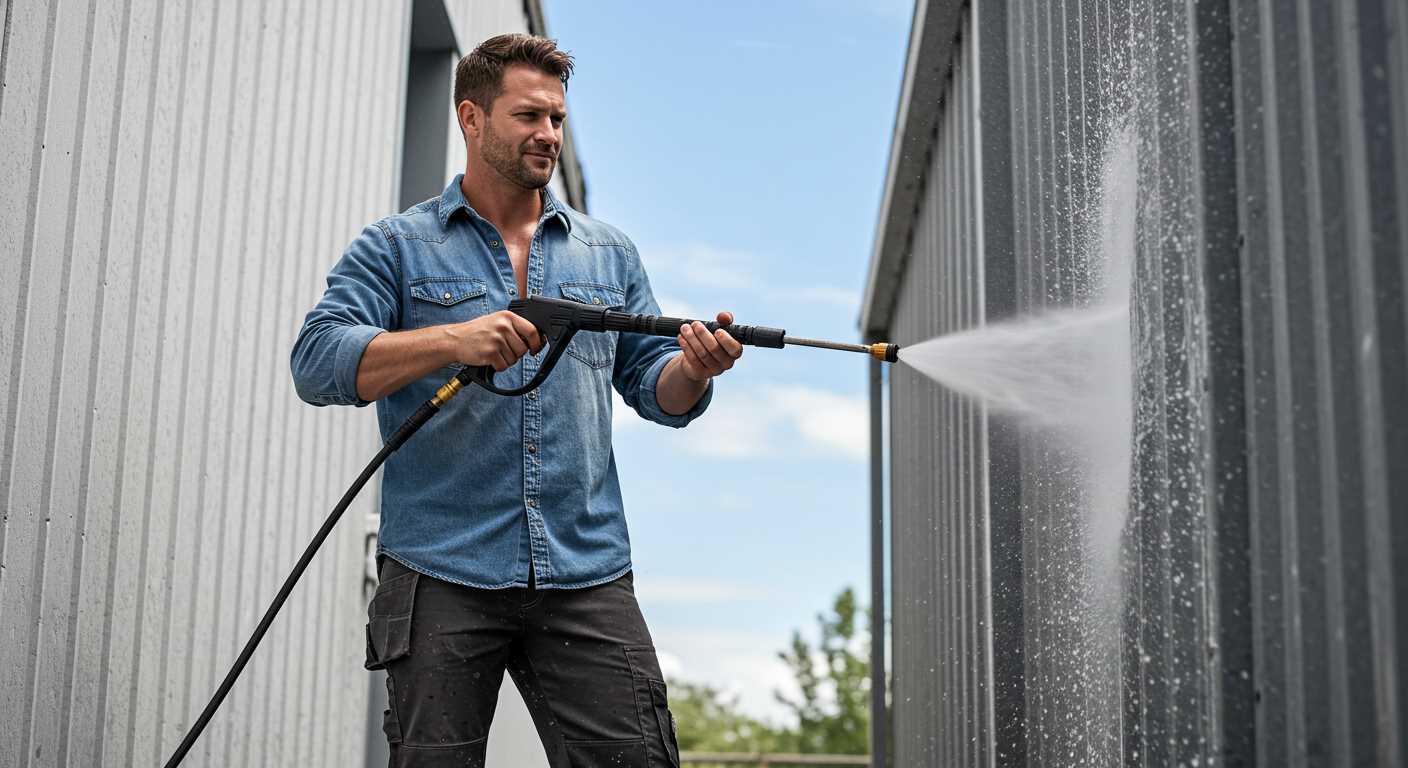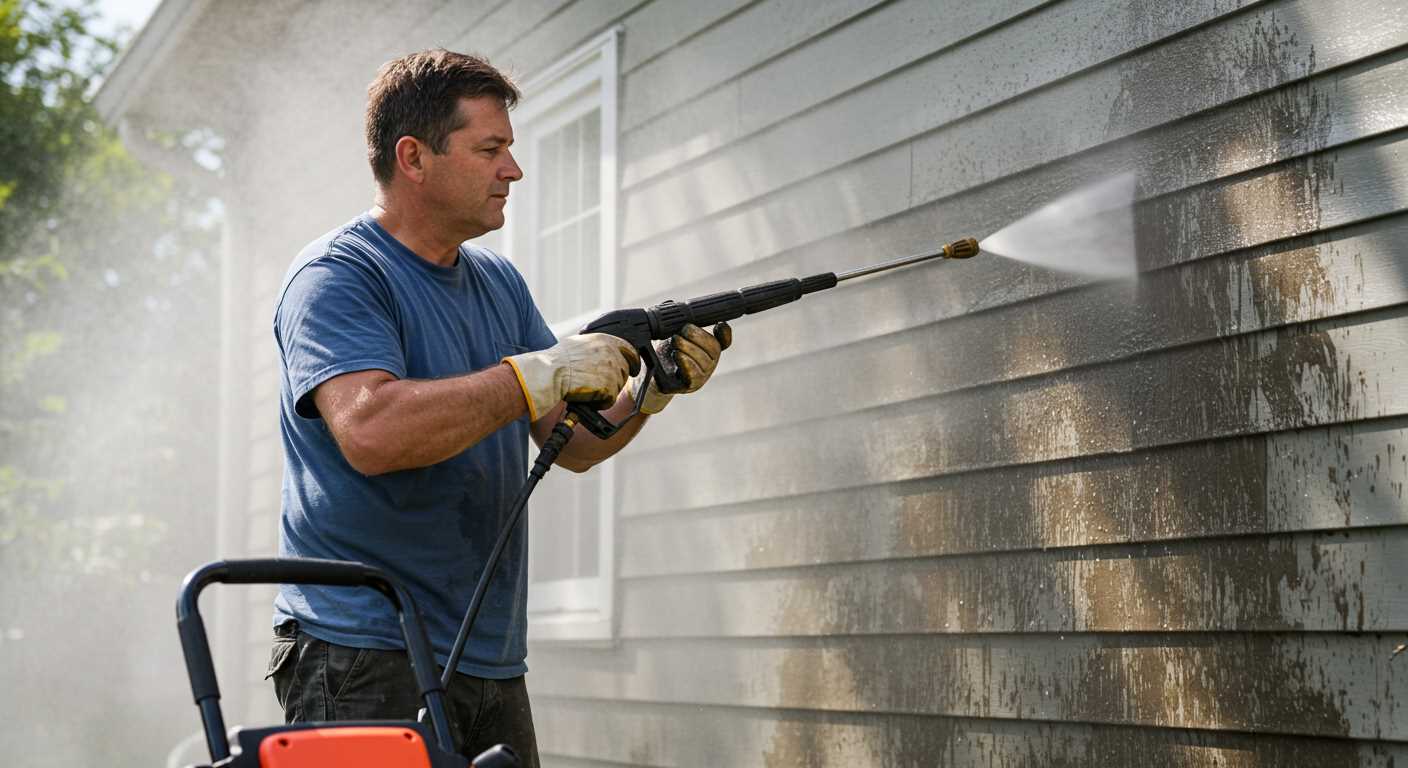


Drain cleaning can be done in a variety of ways, from simple home remedies to professional cleaning systems that can also use high pressure in the form of pressure washers with special systems, among other things.
Getting a drain clean with a pressure washer
As a rule, you can clean a drain with simple household remedies and even remove blockages in this way. However, if the contamination is much deeper in the drain pipe, other means must be used. Today, so-called pipe cleaning hoses are often used for this purpose, which can achieve very good results in pipe cleaning. Mostly, these hoses are even used in specialised companies. However, there is a reason for this, after all, you should know exactly how to use such a pipe cleaner so as not to cause any damage when using it.
How to clean pipes with high pressure
Pipe cleaning with high pressure actually offers several advantages for effectively removing residues in drain pipes, such as the following:
- no use of chemical agents necessary
- if used correctly, a gentle application
- you get a positive result quickly
- can be used in all kinds of drain pipes
Pipe cleaning with high pressure is by no means only used in blocked drains, as you might assume. They are also used in various other areas, such as gutter drains or similar drainage systems, to achieve good results in the simplest possible way.
What is needed for cleaning with high pressure
The pipe cleaning hose alone is of course not enough for pipe cleaning or thorough drain cleaning. You should already have a suitable pressure washer to which this hose is connected and which serves to generate the necessary operating pressure. If you do not have such a device, you can also rent a pressure washer for a relatively small fee.
How the pipe cleaner works
The actual pipe cleaning is done by a special system of nozzles, some of which are directed both forwards and others backwards. The front-mounted nozzles do the actual pipe cleaning, while the rear-mounted nozzles ensure that the pipe cleaner is not pushed back out of the drain pipe. When used correctly, this system slowly works its way forward to remove somewhat more stubborn dirt in the process.
How to clean a drain with a pressure washer?
Cleaning a drain with a pressure washer can be an effective way to remove stubborn clogs and debris. Here is a guide on how to clean a drain with a pressure washer:
Safety precautions
Before starting, make sure to wear protective eyewear and gloves to protect yourself from debris and water splashes. Also, ensure that the area around the drain is clear and free from any obstructions.
Choose the right pressure washer
Select a pressure washer with a suitable pressure range for drain cleaning. A medium-duty electric pressure washer with a pressure rating between 1500-2000 PSI (pounds per square inch) should work well for most drain cleaning tasks.
Attach the appropriate nozzle
Use a nozzle specifically designed for drain cleaning, such as a sewer jetter nozzle or a rotating nozzle. These nozzles are designed to create a high-pressure water stream focused on clearing the drain.
Clear the drain opening
Remove any visible debris or obstructions from the drain opening using a gloved hand or a small brush. This will help the pressure washer reach deeper into the drain and improve the cleaning effectiveness.
Insert the pressure washer hose into the drain
Carefully insert the pressure washer hose into the drain opening. Make sure it goes as far as possible without forcing it. Avoid pushing the hose too forcefully, as it may cause damage to the drain pipes.
Start pressure washing
Start the pressure washer and gradually increase the pressure to an appropriate level for drain cleaning. Begin by spraying water into the drain while gradually moving the hose in and out to dislodge any clogs or debris.
Move the hose back and forth
Move the pressure washer hose back and forth within the drain, ensuring thorough coverage of the pipe’s interior. This motion will help break up clogs and flush out any accumulated debris.
Adjust the pressure and nozzle angle if needed
Depending on the severity of the clog, you may need to adjust the pressure or nozzle angle to dislodge the debris more effectively. Experiment with different techniques while ensuring you do not exceed the safe pressure limits for the drain pipes.
Flush the drain with water
Once you have cleared the clog, flush the drain with clean water to ensure all debris is washed away. This will help prevent future clogs and ensure optimal drainage.
Clean up and maintenance
After cleaning the drain, disconnect the pressure washer and carefully remove the hose from the drain opening. Clean up any debris or water around the area. Perform regular maintenance on your pressure washer to keep it in good working condition.



